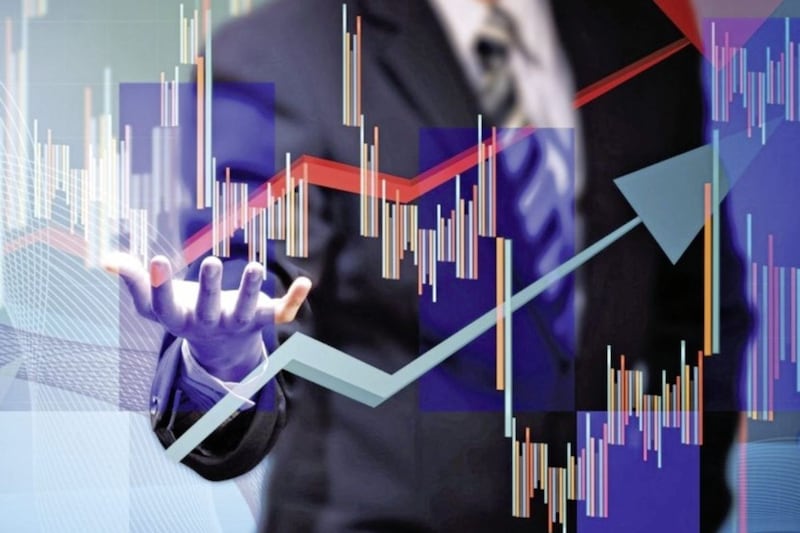AS the second year of Covid draws to a close it seems that we once again plunged into uncertainty with concerns around the new and highly infectious variant, Omicron.
Only a few weeks ago we were daring to focus on “normal” economic phenomena such as inflation and supply chain issues, but now it seems we are firmly back to the pandemic. Daring to hope for a return to semi-normality was clearly premature.
The end of this year seems as uncertain as 2020 and having hoped for recovery, it now seems that the economy is facing a much weaker fourth quarter than previously anticipated; it seems likely that we will see a fall in economic growth this month.
Plan B has brought England into line with Northern Ireland, Scotland and Wales, with working from home guidance and mask wearing being reintroduced and covid passports seem likely to be introduced nationwide.
This will clearly mean a higher economic cost and the worry is that financial support from the government will once again be required - something the Chancellor had hoped was behind us.
How have the markets reacted to this ratcheting up of uncertainty? Last week saw the US markets once again reach new highs, the S&P 500 saw a record closing high on Friday and was up 3.8 per cent on the week.
This brings the rise in the US market year to date to over 25 per cent - an excellent performance and surely a little puzzling given the backdrop. The tech-heavy Nasdaq index had also had a great year: up 21 per cent despite recurring views that the FAAMGs (the “big five” tech stocks) are overvalued. Elsewhere we have also seen strong performances: Europe has seen a rise of over 18 per cent so far this year and the FTSE 100 is up just under 13 per cent.
Having expected interest rates to rise globally to counteract inflation, the situation is now much less clear: This week sees announcements from the Federal Reserve, the European Central Bank and the Bank of England as well as the Bank of Japan.
Previously expectations had been high of rate rises from historically low levels, but there are now doubts: there has been push-back in the UK, for example and it is widely expected there will be no changes in Europe and Japan.
Sterling is reflecting this by sliding back to levels seen immediately after the Brexit referendum in 2016. One area that is booming is the housing market. Having benefitted from record low interest rates and the stamp duty cut, prices and activity are still surging: the average price has risen by £28,000 to £270,000 in a year.
All this makes for interesting times: this year has certainly not been dull in economic and market terms and it seems likely to continue in the same vein into 2022.
The pandemic is once again dominating, and we can only hope that we see a clearer indication that we are all learning to live with Covid: it seems likely that it will be with us for some time to come.
:: Cathy Dixon is a partner at the Belfast office of Smith & Williamson Investment Management. This article does not constitute a recommendation to buy or sell investments and the value of any shares may fall as well as rise.









